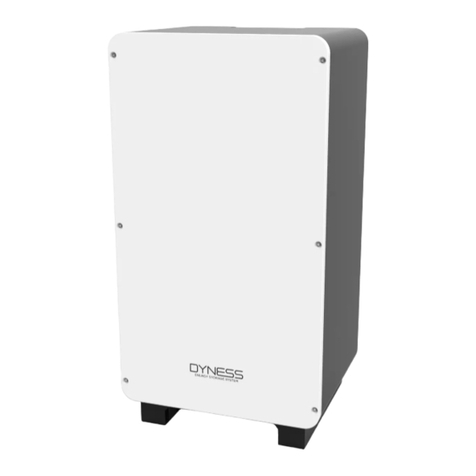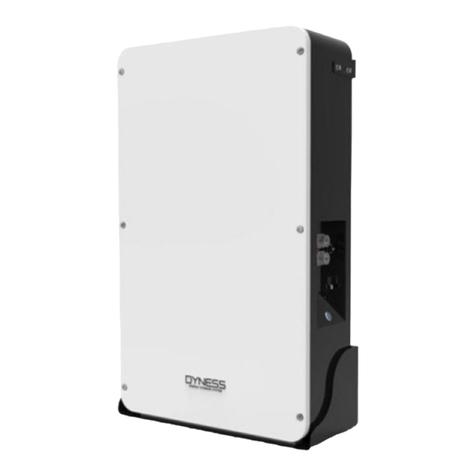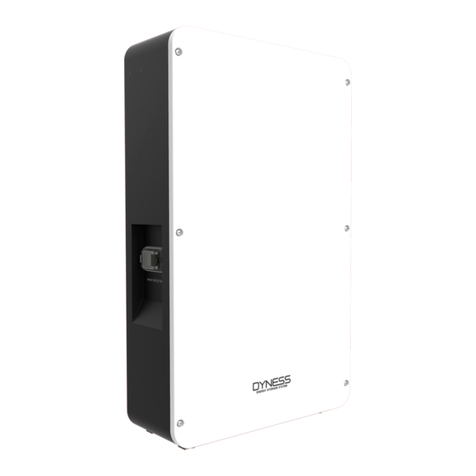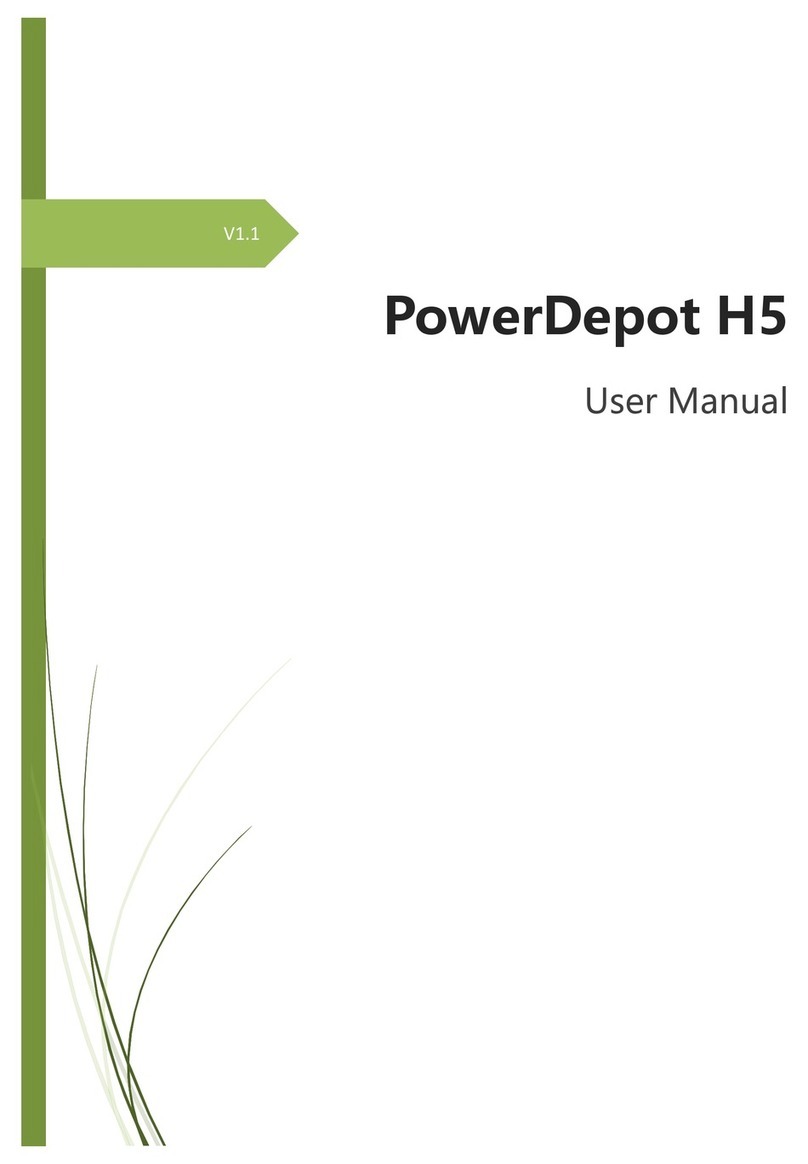
B3 ESS Unit User Manual
I
Content
Statement of Law .....................................................................................................................................1
Safety Precautions.................................................................................................................................... 2
Preface...................................................................................................................................................... 3
1 Introduction.......................................................................................................................................... 4
1.1 Brief Introduction..........................................................................................................................4
1.2 Product Properties........................................................................................................................4
1.3 Product identity definition............................................................................................................4
2 Product Specification............................................................................................................................6
2.1 Size and Weight ............................................................................................................................6
2.2 Performance Parameter ...............................................................................................................6
2.3 Interface Definition....................................................................................................................... 6
2.3.1 DIP switch definition and description ....................................................................................7
2.4Battery Management System(BMS) ...........................................................................................10
2.4.1 Voltage Protection ..............................................................................................................10
2.4.2 Current Protection ..............................................................................................................10
2.4.3 Temperature Protection .....................................................................................................10
2.4.4 Other Protection ................................................................................................................. 11
3 Installation and Configuration ............................................................................................................12
3.1 Ready for installation..................................................................................................................12
3.1.1 Environmental requirements ..............................................................................................12
3.1.2 Tools and data.....................................................................................................................12
3.1.3 Technical preparation .........................................................................................................13
3.1.4 Unpacking inspection..........................................................................................................13
3.1.5 Engineering coordination....................................................................................................13
3.2 Equipment installation................................................................................................................14
3.2.1 Installation preparation .......................................................................................................15
3.2.2 Mechanical installation ........................................................................................................15
3.2.3 Electrical installation ...........................................................................................................16
4 Use, maintenance and troubleshooting .............................................................................................18
4.1 Battery system usage and operation instructions ......................................................................18
4.2Alarm description and processing...............................................................................................18
4.3Analysis and treatment of common faults..................................................................................19


































